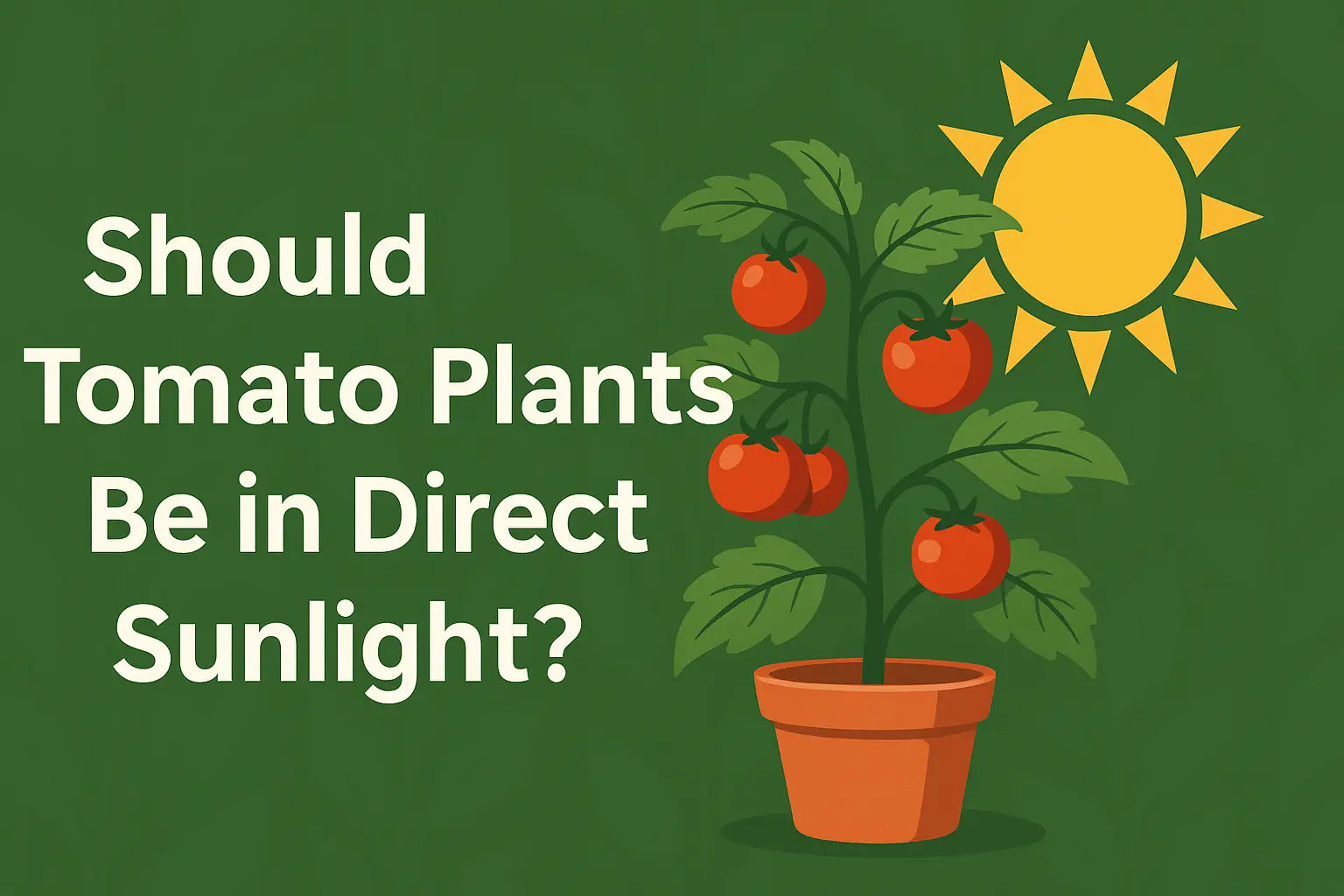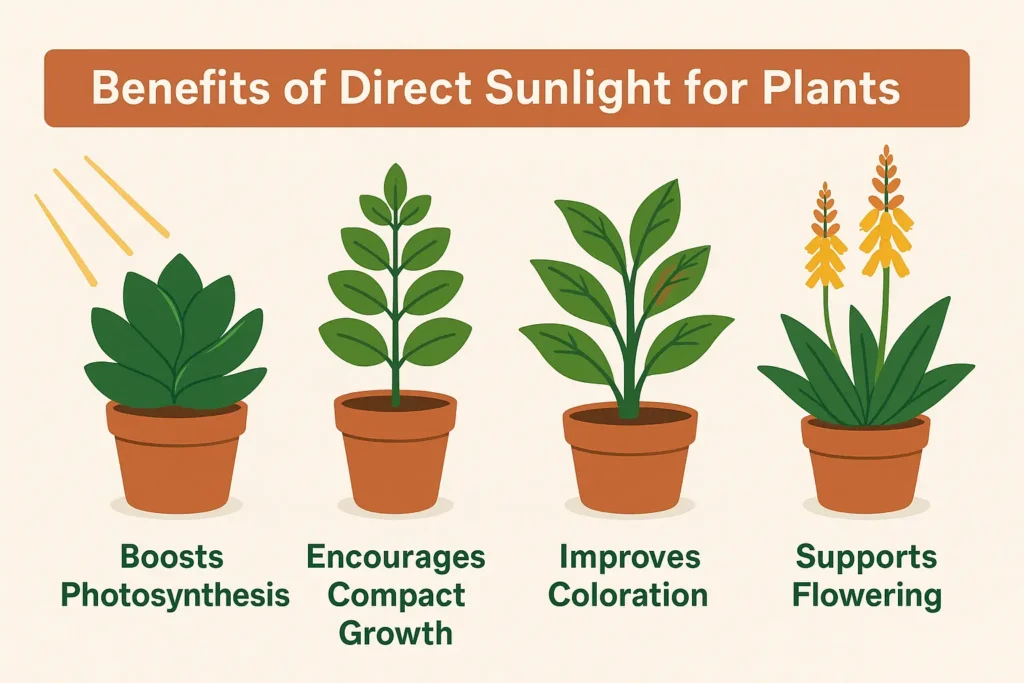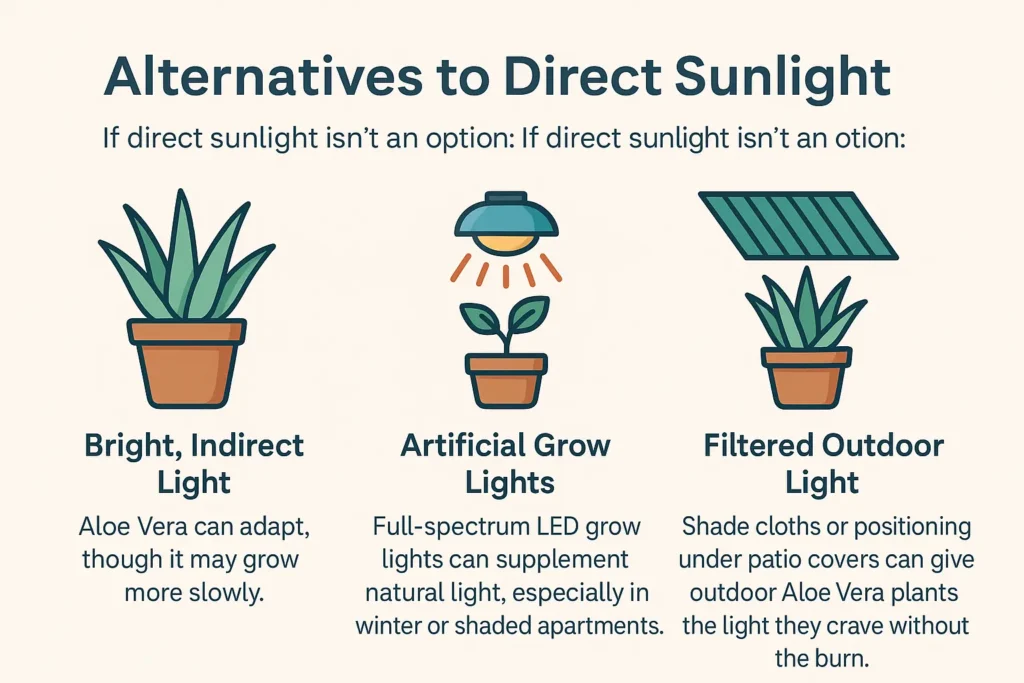Should Tomato Plants Be in Direct Sunlight? A Complete Guide

Should Tomato Plants Be in Direct Sunlight? Yes, tomato plants thrive in direct sunlight. These sun-loving plants require at least 6-8 hours of full sun each day to grow strong and produce juicy, flavorful fruits. However, managing their sunlight exposure carefully can prevent problems like leaf scorch and dehydration. Understanding how much sunlight is too much—and when it’s just right—is key to a healthy tomato harvest.
Introduction
Tomatoes are a backyard garden staple, adored for their versatility in the kitchen and relatively simple growing requirements. From classic slicers to sweet cherry varieties, these plants can turn any sunny corner of your yard into a productive mini-farm.
But one question keeps popping up for both novice and seasoned gardeners alike: should tomato plants be in direct sunlight?
While the short answer is yes, it’s not quite that simple. Like most things in gardening, balance is everything. This guide will walk you through exactly how much sunlight tomato plants need, when they might need some protection, and how to optimize light exposure for a bountiful harvest.
Understanding Tomato Plants’ Natural Habitat
Before we dive into care tips, it’s worth looking at where tomatoes come from. Native to western South America and Central America, wild tomato plants have adapted to hot, sunny climates. They grow in open fields and forest edges where they bask in long hours of direct sunlight.
Because of these origins, cultivated tomato plants have inherited a strong preference for full sun exposure. They are not houseplants that can tolerate shade or filtered light for long. Instead, they thrive under bright, unobstructed sunlight that fuels their vigorous growth and fruit production.
Benefits of Direct Sunlight for Tomato Plants
If you’ve ever wondered why should tomato plants be in direct sunlight, the answer lies in photosynthesis. More sunlight means more energy, which translates into:
- Faster growth of stems and leaves
- Robust flowering and fruit development
- Better fruit flavor and higher sugar content
- Increased resistance to pests and diseases
Sunlight also helps strengthen the overall structure of the plant, reducing the risk of weak, leggy stems that can topple over when heavy with fruit. With sufficient light, tomato plants develop deep green leaves and thick, sturdy vines ready to support heavy clusters of tomatoes.e light often means faster growth for snake plants, but it’s essential to strike a balance.
Risks of Excessive Direct Sunlight
While tomato plants love the sun, there is such a thing as too much of a good thing. Prolonged exposure to intense, midday sun—especially in hot, dry climates—can lead to several issues:
- Leaf scorch or sunburn: White, papery patches appear on leaves exposed to harsh sunlight.
- Dehydration stress: High sun exposure increases water evaporation, making it harder for the plant to stay hydrated.
- Blossom drop: Extreme heat from overexposure can cause flowers to fall off before fruiting.
Knowing when to give your tomato plants a little shade—particularly during peak afternoon hours—can protect them from these problems while still providing the sunlight they need.lly during peak summer, basil appreciates some relief from the scorching afternoon sun..
Recommended Light Conditions for Tomato Plants
So, exactly how much direct sunlight should tomato plants get? The sweet spot is 6 to 8 hours of direct sunlight per day. Morning sun is especially beneficial because it’s less intense and helps dry off any overnight moisture, reducing the risk of fungal diseases.
Afternoon sun is fine as well, but in regions with scorching summers, a bit of dappled shade after 2-3 PM can prevent overheating. If you’re growing tomatoes in containers, you can easily reposition them to catch optimal sunlight without overexposure.
For indoor gardeners using grow lights, mimic natural daylight hours by providing 12-16 hours of full-spectrum light daily to encourage strong growth and fruiting.urvive in low-light environments, though growth will slow, and variegation might fade.
For more detailed light recommendations, check out the Plants for Direct Sunlight Guide.
Alternatives to Direct Sunlight
Not everyone has access to constant sunlight. If you’re asking, should tomato plants be in direct sunlight if my home is shaded, alternatives exist:
- Bright, Indirect Light: In shadier spots, using reflective surfaces like light-colored walls can amplify available light.
- Artificial Grow Lights: Full-spectrum LED grow lights are excellent for indoor tomato growing. Position them 12-18 inches above the plant canopy for optimal effect.
- Shade Cloths for Outdoor Plants: During peak summer, using a 30-50% shade cloth can protect plants from excessive sun while still allowing plenty of light.
Seasonal and Location-Based Adjustments
Tomato plants’ sunlight needs remain consistent, but your approach may vary:
- Spring & Summer: Ensure at least 6-8 hours of direct sun; consider afternoon shade in hotter zones.
- Fall: Sun angles lower, so maximize exposure by adjusting plant positions.
- Indoor Winters: Supplement with artificial lights to maintain productive growth.
For urban gardeners or those with limited space, patio gardening or vertical trellising near sunny windows can optimize light access. outdoors during warmer months, choose a spot with morning sunlight and afternoon shade.
Practical Tips to Manage Light Exposure
To ensure your tomato plants receive the right amount of sunlight:
- Monitor Light Intensity: Use a simple light meter app on your phone or observe shadows—the sharper the shadow, the more direct the light.
- Observe Plant Behavior: Yellowing lower leaves, leggy stems, or slow fruiting are signs of insufficient light.
- Adjust Watering: More sunlight means more water evaporation. Water deeply and consistently, especially in containers.
Keeping an eye on these indicators helps fine-tune your setup for optimal growth.t accordingly. Even slight repositioning can drastically improve a snake plant’s health.and yield.
Conclusion
So, should tomato plants be in direct sunlight? Absolutely. For healthy growth, abundant fruiting, and flavorful tomatoes, at least 6-8 hours of direct sunlight daily is a must. However, moderation and observation are key, especially in hotter climates where excessive sun can do more harm than good.
If you’re serious about maximizing your tomato harvest, pay close attention to sunlight management—whether it’s choosing the right garden spot, using shade cloths, or adding grow lights for indoor setups.
Check out our plants for direct sunlight guide. It’s packed with practical tips for sun-loving plants beyond basil.
Explore More Guides and Calculators
At PlantCalculators, we’re all about making plant care easier. Dive into our other handy guides and tools:
- Mulch Calculator: Find out how much light your specific plant needs.
- Watering Calculator: Personalized watering guides based on your environment.
- Soil Calculator: Get the dirt on soil mixes and feeding routines.
Visit our Houseplants section for a full library of resources designed to help your plants thrive.
Recommended Resource for Further Reading
For expert-backed, science-based houseplant care tips, we highly recommend this comprehensive guide from the University of Illinois Extension. It’s a fantastic resource for learning about indoor plant care, common issues, and best practices.


